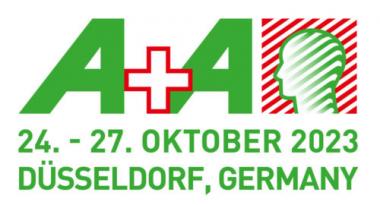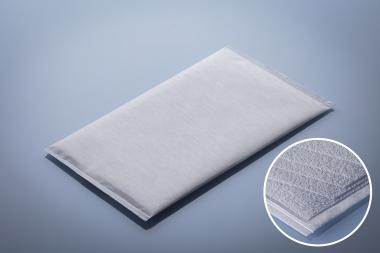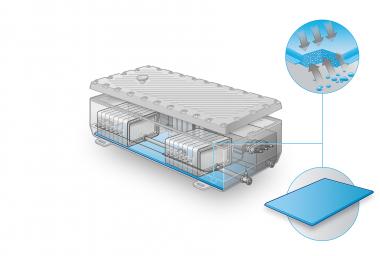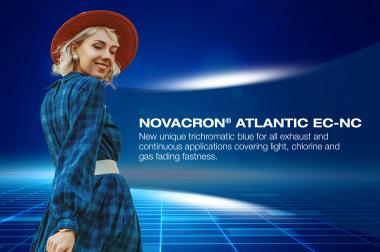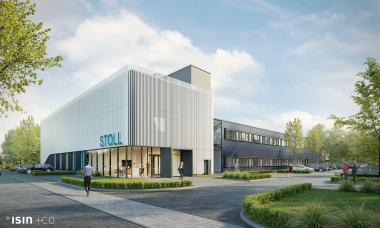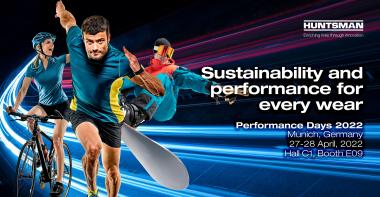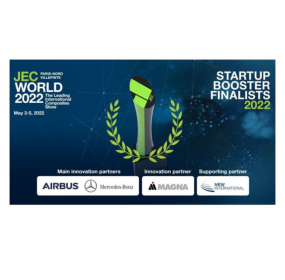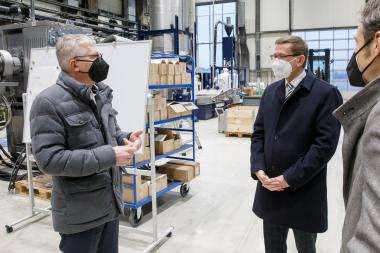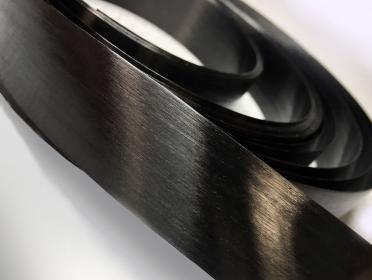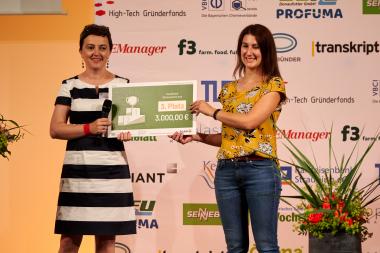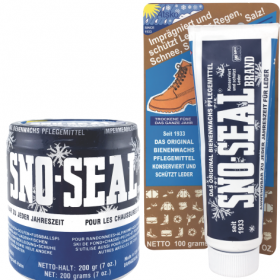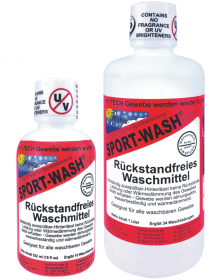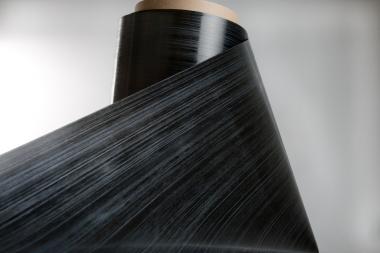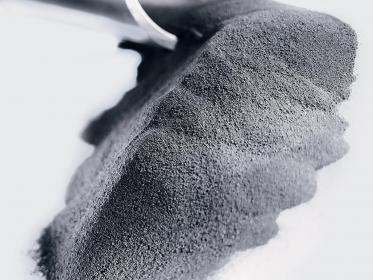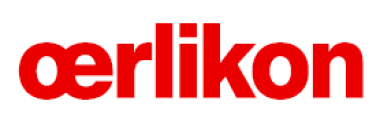Start of registrations for A+A 2023
Exhibiting companies can now register for A+A 2023! The world's leading trade fair and congress event for personal protection, occupational safety and health at work will take place in Düsseldorf from 24 to 27 October 2023.
Under the motto "People count", numerous exhibitors will present innovative solutions and concepts for safe and healthy working at A+A 2023. This time, the thematic umbrella of the international trade fair is formed by the megatrends of digitalisation and sustainability.
Decision-makers and experts will find cross-sector solutions and answers to the important questions surrounding a safe, healthy and sustainable workplace. From personal protective equipment (PPE), operational fire protection, environmental protection or disaster prevention to offers for ergonomic and healthy workplace design.
The focus will be on topics such as sustainability and the circular economy of products, digital services in the provision, care and storage of PPE, mobile working, exoskeletons (wearable robots) and wearables. Forums and side events as well as an innovative Start-up Zone complement the trade fair and set new, future-oriented impulses.
For more information and registration click here.
Messe Düsseldorf GmbH


